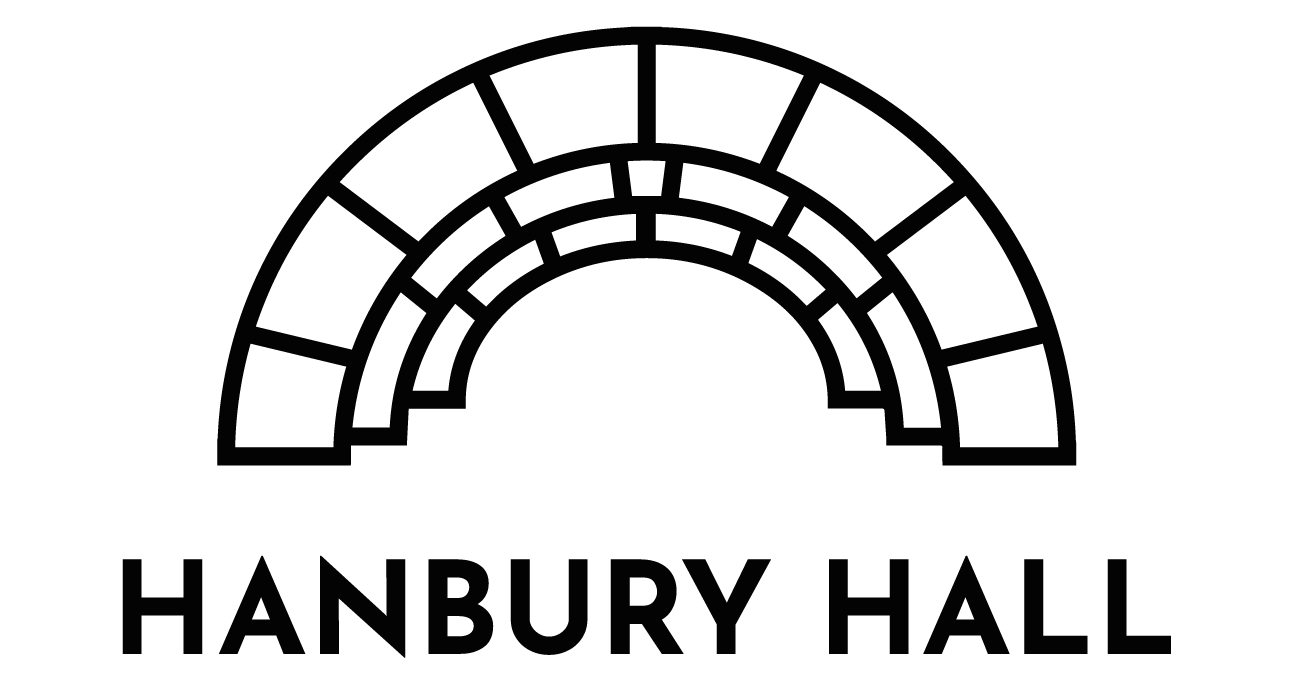What makes a good collaboration?
FIRST, A LITTLE PHYSICSI’m many years removed from my university physics courses. And I’m no longer a practising engineer, but I remain fascinated by how often the concepts are still useful in helping me understand people, not just physical phenomena. I recently found myself contemplating our collaborations and partnerships at Hanbury Hall. Specifically, how do we know when a collaboration is correct for Hanbury Hall to pursue further? And from deep in my cognitive archives, it hit me: interference!
I’m not smart enough to delve deeply into the science, nor did anyone come here for a physics lesson on the behaviour of waves. Hang with me for one second though while I briefly explain. If you and I try to occupy the same space, we crash into one another. However, waves (like sound waves) can occupy the same space, and when two waves occupy the same space they affect one another. This is called interference.
If the waves occupying the same space are aligned in frequency and amplitude, the interference created is constructive. The two single waves occupying the space create a third wave with a larger amplitude.
If the waves occupying the same space are not aligned in frequency and amplitude, the interference created is destructive. The two single waves occupying the space cancel each other out. This is how your noise cancelling headphones work. Detect the noise outside the headphones and do the exact opposite to cancel it out.
Be it digital or physical, collaborators occupy the same space, but it doesn’t always work out. It often creates destructive interference.
WHEN THINGS GO WRONGShockingly, when Forever 21 and Atkins teamed up, Forever 21 customers, excited to try on the new outfit they ordered, didn’t appreciate finding an Atkins weight loss bar in their parcel. And Target customers who had come to Expect More, Pay Less, didn’t shell out for Target + Neiman pieces from a collaboration with luxury designer Neiman Marcus. Without dissecting the details, suffice it to say simply putting two known commodities together doesn’t make a great collaboration.
SO WHAT DOES MAKE A GOOD COLLAB?Values. Values must be aligned for a collaboration to thrive. When values are aligned it builds trust. When we trust one another, we can play our role trusting others to do the same.
People. Align yourself with people you enjoy and admire. We believe in coworking, because we believe people are better together than apart. We believe in collaboration for the same reason. Dull people, in boring spaces is not a great recipe for great content. So don’t let Instagram followers or newsletter subscribers be your sole basis for choosing a collaboration. Find fun, exciting people whose work you admire so you can enjoy the process of building a collaboration that benefits both of your businesses.
Expectations. It’s simple, but often overlooked. Be clear on what both parties have to offer and what you’re each hoping to achieve with the collaboration. Upfront expectations avoid unnecessary frustration allowing each party to work within the understood expectations.
Goals. For a successful collaboration, goals must be aligned. There are dozens of reasons people may collaborate. To reach more customers. Grow a brand. Increase sales. Gain access to other platforms. Increase exposure. We hope these are all a result of our collaborations, but we have boiled our collaborations down to one main goal. Create amazing content relevant to our audiences in an effort to bring people together. The rest will follow.
So as our collaborations grow and we look for future collaborators, our guiding principle is Constructive Interference. When we occupy the same space, are we going to make each other better?
Rhys


